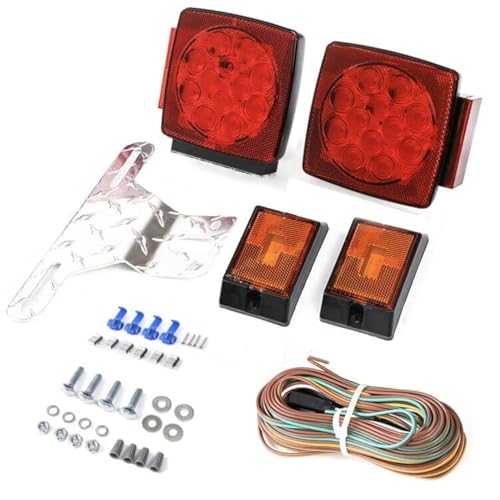FuzzyGrub
Well-known member
At this point, I’d remove all the accessory leads from the battery. Test each lead of each accessory for continuity to the hull. Check on the “diode” setting first for a direct short, and if no connection, go to a high range to look for a resistive short. My guess is the latter.
If that doesn’t find anything, start tying all the accessory grounds together, along with the positives, separately, but not connected to battery. Check the continuity between each to the hull, as you add each accessory. Something weird is happening.
You haven’t mentioned an onboard charger for the battery. Is there one? If so, has it been disconnected for testing?
If that doesn’t find anything, start tying all the accessory grounds together, along with the positives, separately, but not connected to battery. Check the continuity between each to the hull, as you add each accessory. Something weird is happening.
You haven’t mentioned an onboard charger for the battery. Is there one? If so, has it been disconnected for testing?





















































